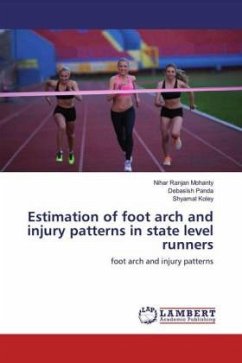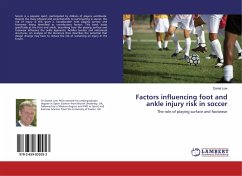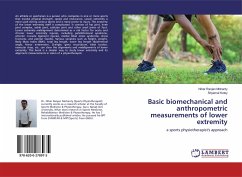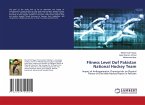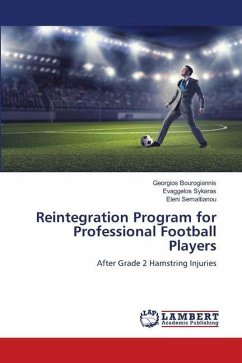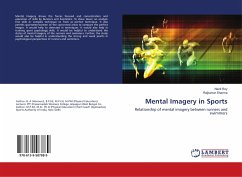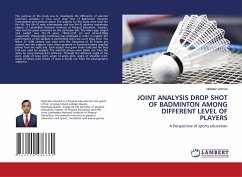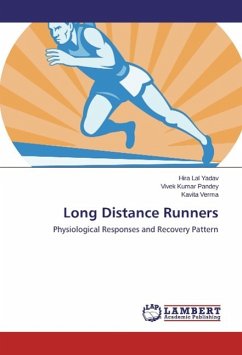Foot structure is commonly associated with lower extremities problems. The bony shape, the ligaments of the foot, and the muscular tones all play an important role in supporting the arches. It is believed that many factors play roles in the development of injuries in the lower extremities of runners. Injuries are often reported to be due to overuse and lower extremities mechanics are thought to play a role. Due to repeated loading of the lower extremities, risk of overuse injury among athletes is high. Individuals with normal arch (NA) structure compared to those with high (HA) or low arch (LA) may be at increased risk of specific overuse injuries, including stress fractures. Therefore, the purpose of this book is to clarify thecinjury patterns associated with different foot arch structure, to determine the range of Q-angle changes and to determine the foot structure differences between males and females runners.
Bitte wählen Sie Ihr Anliegen aus.
Rechnungen
Retourenschein anfordern
Bestellstatus
Storno

